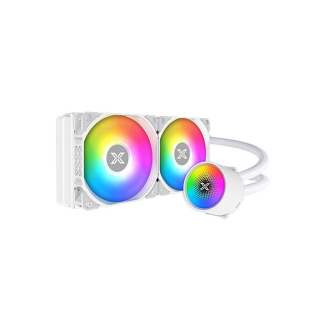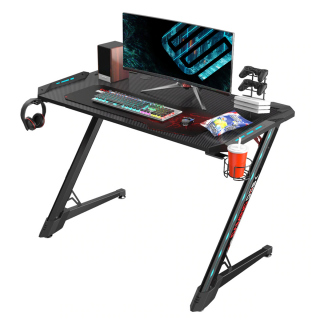PC components are the building blocks of a computer.
They include everything from the processor and memory to the storage and graphics card. These components work together to create a seamless computing experience, but it can be difficult to understand what each component does and how they interact with one another. This post will provide an overview of the most important PC Components and answer some frequently asked questions (FAQs) about them.
Processor
The processor, also known as the central processing unit (CPU), is the brain of the computer. It is responsible for executing instructions and performing mathematical calculations. The processor is made up of transistors, which are tiny electrical switches that can turn on and off. The more transistors a processor has, the more powerful it is. Intel and AMD are the two biggest manufacturers of processors, and they both offer a wide range of options to suit different budgets and performance needs.
Memory
Memory, also known as RAM (random access memory), is used to store data that the processor needs to access quickly. When a program is running, it loads data from the hard drive into memory so that the processor can access it more quickly. The more memory a computer has, the more programs it can run at the same time without slowing down.
Storage
Storage is where all the data on a computer is stored. There are two types of storage: hard drives and solid-state drives (SSDs). Hard drives are the traditional type of storage, and they use spinning disks to store data. They are relatively cheap and have a large capacity, but they are also slow and can be damaged if the computer is dropped or bumped. SSDs are a newer type of storage that use memory chips instead of spinning disks. They are much faster than hard drives, but they are also more expensive and have a lower capacity.
Graphics Card
A graphics card, also known as a GPU (graphics processing unit), is responsible for rendering images on the computer screen. It is a separate component from the processor, and it is designed specifically for this task. A good graphics card is essential for gaming, video editing, and other demanding tasks that require a lot of visual processing power.
Q: What is the difference between a processor and a graphics card?
A: The processor, also known as the CPU, is the brain of the computer. It is responsible for executing instructions and performing mathematical calculations. The graphics card, also known as the GPU, is responsible for rendering images on the computer screen. It is designed specifically for this task and is separate from the processor.
Q: What is the difference between RAM and storage?
A: RAM, or random access memory, is used to store data that the processor needs to access quickly. Storage, on the other hand, is where all the data on a computer is stored. There are two types of storage: hard drives and solid-state drives (SSDs). Hard drives use spinning disks to store data, while SSDs use memory chips.
Q: Should I get a hard drive or an SSD?
A: Both hard drives and SSDs have their own advantages and disadvantages. Hard drives are relatively cheap and have a large capacity, but they are also slow and can be damaged if the computer is dropped or bumped. SSDs are much faster than hard drives, but they are also more expensive and have a lower capacity. If you're on a budget, a hard drive might be a better option. If you want the best possible performance, an SSD is the way to go.


.png)

Comments
Post a Comment